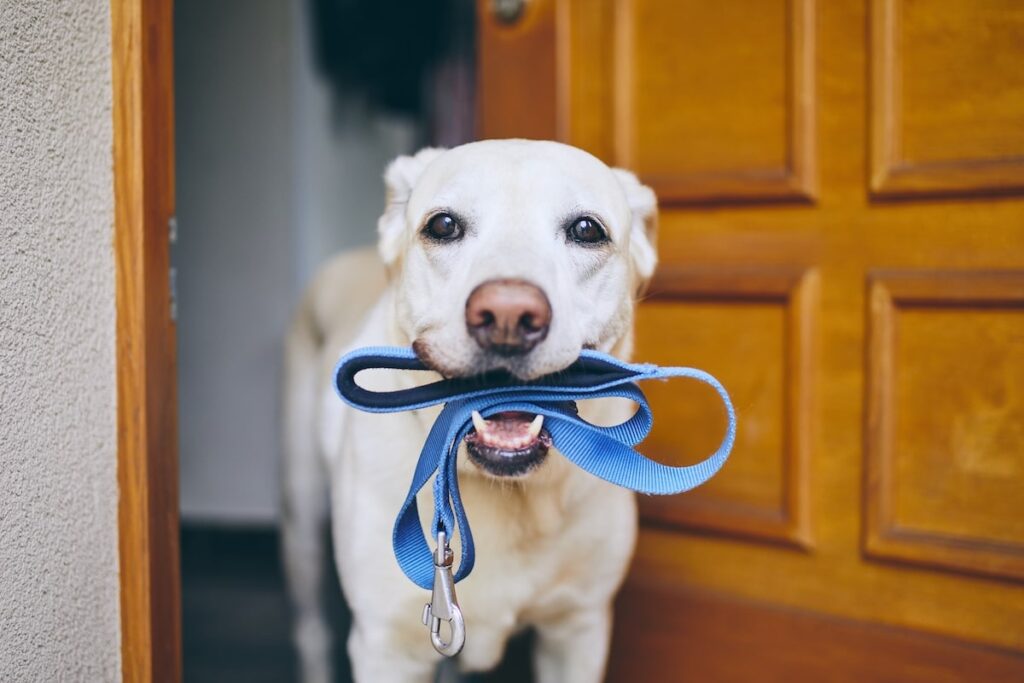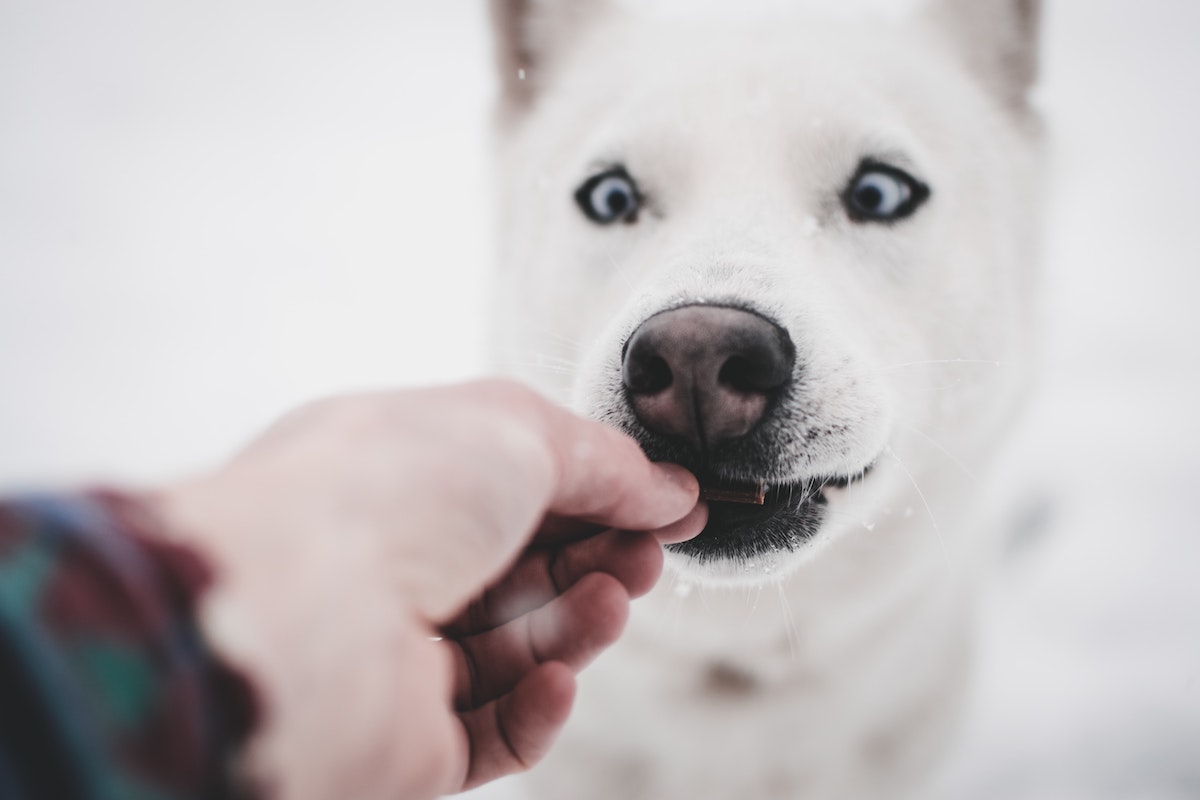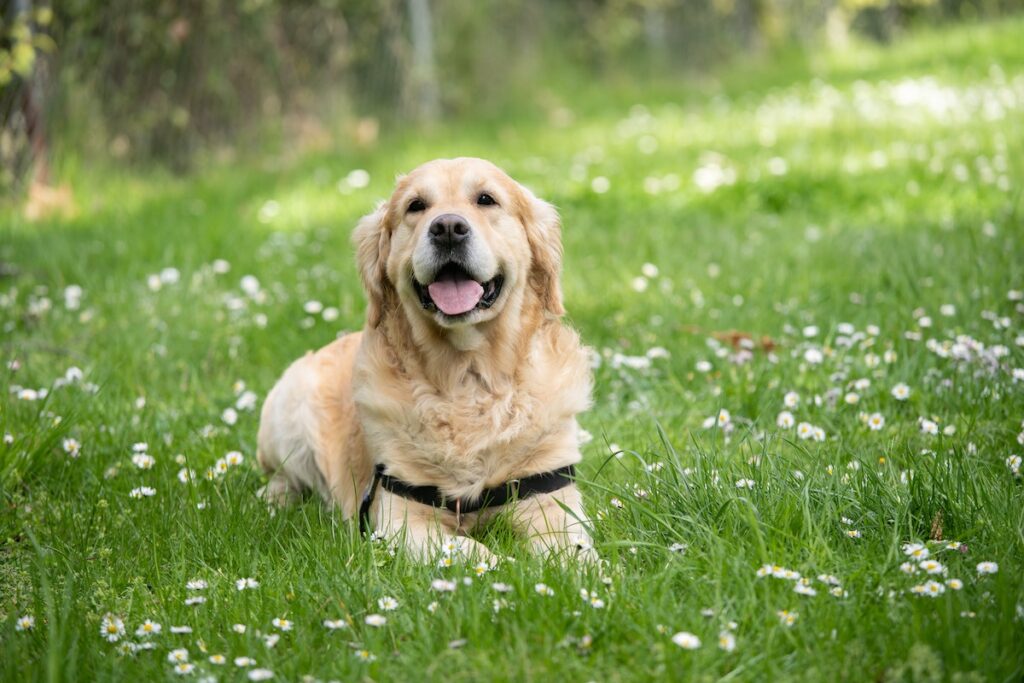Table of Contents
Like humans, dogs experience appetite changes from time to time. There will be occasions when your pooch wants to taste anything that looks or smells like food. Then there will be times when he acts completely indifferent to food and water.
But while inappetence is generally normal, it can easily become problematic. That’s especially if your dog refuses to eat completely for several hours. As a concerned pet parent, you may begin to wonder how long dogs can go without eating.
The short answer is that dogs can last up to five days without food. During this period, the animal will rely on the energy reserves in his body. Thereafter, he may become too emaciated, lethargic, and unable to sustain his vital organs. That’s when death occurs.
However, note that your dog may only last up to five days without food if he’s still drinking plenty of water in the meantime. Death may come in as few as 48 hours if the dog refuses to eat and drink. Sometimes much sooner if the animal is already battling a severe injury or medical condition.
Read on for everything there is to know about inappetence in dogs and what you can do about it.
Is The Five-Day Period Cast In Stone?
As already mentioned, a dog may go up to five days without food provided that he can still drink well enough. If your dog neither eats nor drinks, then he might not last beyond 48 hours.
The following are other factors that affect the exact duration a dog can last without food;
a) Age
Puppies are more prone to low blood sugar (hypoglycemia) than adult dogs. That’s because their bodies’ regulatory mechanisms aren’t fully developed.
Hypoglycemia is one of the immediate adverse effects of starvation and malnutrition. And that’s precisely why puppies will not last very long without food compared to adult dogs. This may sound ironic, considering that puppies generally consume a higher ratio of food portions to body size than mature dogs.
b) General Health Condition
Healthy dogs will definitely last longer without food than unhealthier ones. But that’s not all.
The duration sick dogs may go without food also depends on the nature and severity of the disease. For instance, ailments that produce gastrointestinal symptoms like acute vomiting and diarrhea may result in death much sooner than diseases that only present mild allergic reactions.
c) Breed
Larger dog breeds like Great Danes and German Shepherds may last longer without eating than smaller breeds like Chihuahuas and Yorkshire Terriers. The logic here is simple.
Larger breeds are more likely to accumulate fat than their smaller counterparts. During starvation, your dog’s body relies on this fat to synthesize the energy the animal requires to keep going.
d) Activity Levels
Activity levels may impact the duration a dog takes to deplete his energy reserves.
Going by this logic, it’s clear that more active breeds like Poodles and Golden Retrievers may die of starvation sooner than their lazier counterparts like Pubs and Miniature Pinschers.
Reasons Your Dog Isn’t Eating
There’s a long list of reasons that could cause your dog to lose interest in his food. Common ones include;
1. Problems With the Food
This is the most common non-medical reason a dog may refuse to eat. The problems can range from changes in food type to changes in feeding hours, feeding spots, etc.
Your dog might also decline spoiled or contaminated food. Besides, the animal may refuse to eat from a dirty bowl.
2. Medical Conditions
Diseases that present gastrointestinal symptoms like vomiting and diarrhea are the biggest causes of inappetence in dogs. However, symptoms like pain, nasal congestion, and even skin rash could induce appetite loss.
What happens during sickness is that the body doesn’t use food effectively to build itself up. This causes the brain to send signals that the body no longer requires food as much as before.

Besides, sickness can diminish access to hunger-signaling hormones like ghrelin. That’s because the body tends to dwell more on the symptoms of disease. Reduced signaling of ghrelin results in a low food drive.
Below are examples of medical conditions that could cause inappetence in dogs;
• Digestive issues like constipation and diarrhea
• Inflammatory conditions like inflammatory bowel disease (IBD) and pancreatitis
• Neurological problems like seizures
• Parasitic infections like tapeworms
• Bacterial, viral, or fungal infections
• Allergic reactions like coughing, sneezing, and hypersalivation
• Dental and oral issues
• Other chronic conditions like arthritis, cancer, diabetes, and heart disease
• Organ failure
3. Mental and Emotional Issues
Like humans, dogs can suffer from a variety of mental conditions from time to time. These range from everyday stress to anxiety disorders like obsessive-compulsive disorder (OCD), post-traumatic stress disorder (PTSD), and separation anxiety.
Depression as well as psychiatric issues like bipolar disorder have also been reported in dogs. All these conditions may cause inappetence.
Here are some of the tell-tale signs that your dog is battling a mental or psychiatric problem;
• Irritability
• Trembling or seizures
• Signs of fear, such as staying indoors and tucking the tail underneath the legs
• Indifference to things the animal once enjoyed, including food, toys, and life in general
• Reduced activity levels
• Abnormal sleeping habits, such as oversleeping or undersleeping
• Unprovoked aggression
• Escapist behavior
• Aversion to being touched or petted
• Increased vocalization, such as excessive barking, whining, growling, and howling
4. Certain Medications
Some drugs may interact adversely with your dog, causing him to feel nauseated and lose his appetite.
If your dog is currently under medication resulting in appetite loss, you may need to discuss with your vet on the possibility of changing the drugs.
5. Social and Environmental Issues

Social issues like having more than one pet may lead to squabbles over food, causing some of the animals to stop eating.
Similarly, environmental factors like unsettling sights and sounds could make your dog too frightened to eat normally. The same is true for pest infestation.
The following are other reasons your pooch may refuse to eat;
• Teething puppies
• Dogs in their reproductive cycle
• Picky eater
How to Restore Your Dog’s Appetite
Inappetence is almost always a symptom of an underlying medical condition. Therefore, the most effective solution would be to schedule a visit to the vet.
The vet will perform a raft of diagnostic procedures to uncover the disease that might be causing your dog to refuse to eat. They’ll then prescribe a treatment option that addresses the underlying condition.
If no disease is found, your vet may recommend a series of remedies to get your pooch to eat normally. These tips will help address many of the non-medical causes of inappetence.
For instance, the vet may recommend making your dog’s food more appealing to him. This can be particularly beneficial for picky eaters. Some of the strategies you might implement to make your dog’s food more enticing include;
• Adding small amounts of beef, poultry, or seafood broth to the food
• Adding your dog’s favorite treat to his meal
• Using interactive feeders
• Changing the feeding hours and spots or reverting back to the former feeding hours and places, whichever is applicable
• Changing your dog’s food bowl and always keeping it clean
For dogs suffering from mental, emotional, or social problems, your vet may ask that you come up with a robust workout plan for increased stimulation. Exercising your dog regularly can go a long way in keeping stress and anxiety at bay. Regular exercise may also lower the risks of chronic diseases associated with inappetence, such as arthritis and heart disease. Besides, exercising your pooch right before mealtime is an ingenious way of stimulating his appetite.

You might consider supplementing regular exercise with interactive toys. Toys are especially important for mental stimulation.
Also, don’t forget to pet and groom your dog as frequently as you can. Petting encourages bonding, which could reduce your dog’s susceptibility to separation anxiety. On the other hand, grooming allows you to check for parasites.
Last but not least, consider having multiple feeding spots if you keep more than one dog. This minimizes food aggression.
Wrap Up
A dog can last up to five days without food and about two days without food and water. However, the more pertinent question is not the duration your pooch can go without eating. Rather, what you can do to restore his appetite.
Fortunately, there are various ways to help a dog regain his appetite. Just remember that most of these interventions work for appetite loss that’s not caused by a medical condition.
If your dog has lost his appetite due to an underlying disease, the best course of action would be to take the animal for a professional checkup.



